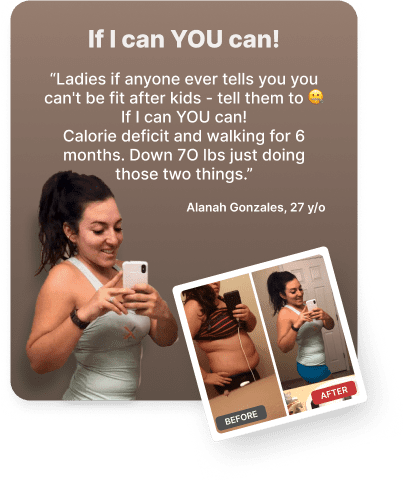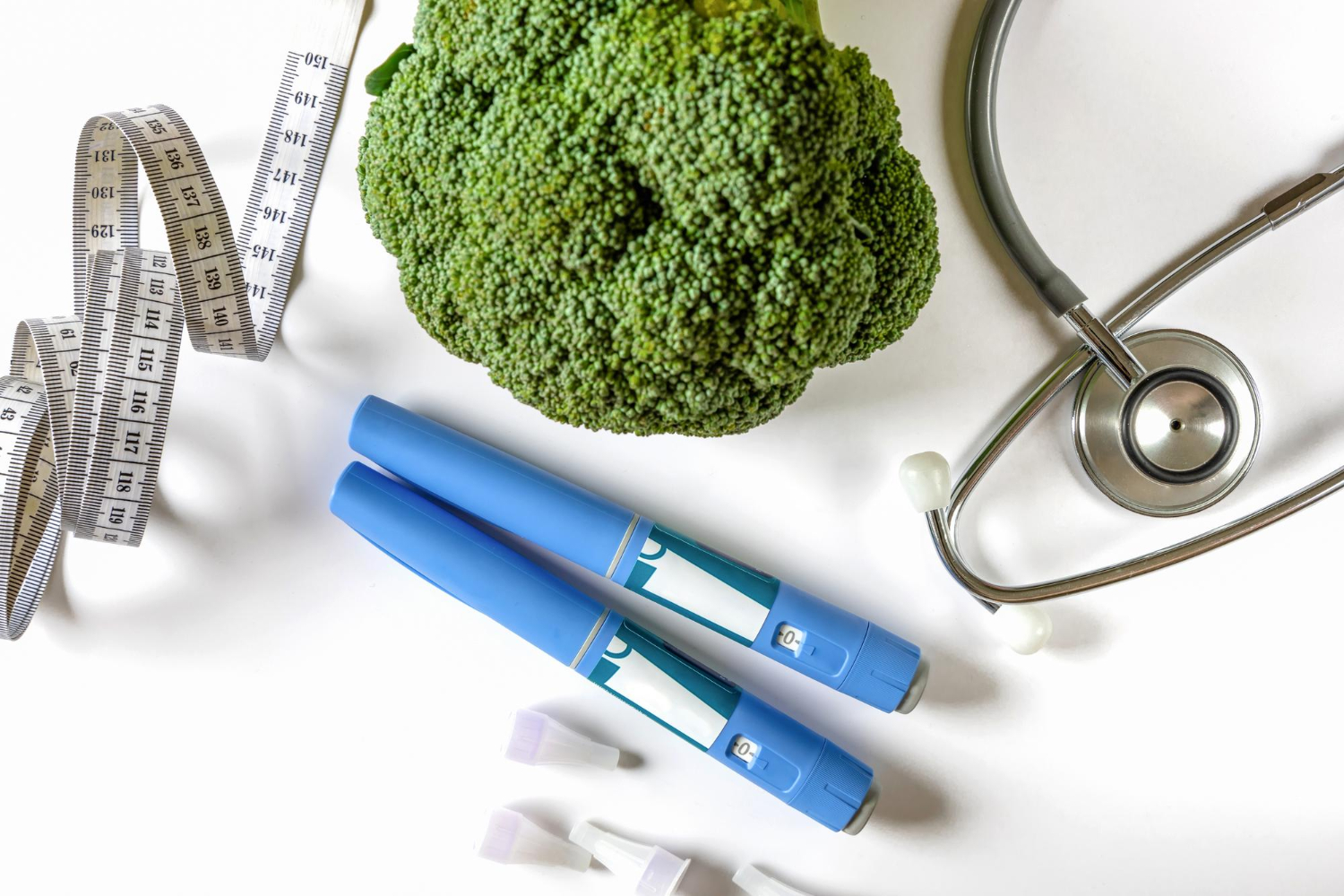You’ve just received your initial macro numbers from the macro calculator on the IIFYM website and are ready to get started with your weight loss diet plan. After a few days, you notice that you are consistently hitting your protein and carbohydrate numbers, eating a greater variety of foods than ever before; however, your fat intake is consistently over your macro numbers.
You focus on keeping your fat numbers in check the next few days; however, you just cannot seem to get all of your protein and carbs in without exceeding your fat macro number.
Did the calculator go too low on the fat intake?
How can you reduce fat intake and start hitting your numbers more consistently while still incorporating some of the types of fat you know are beneficial for health?
A common problem in those just beginning to track macronutrients. While ensuring adequate fat intake is important for many reasons, keeping fat intake in check to hit all of your macro numbers daily (protein, carbohydrate, and fat) is going to be key to keeping caloric intake in check. These methods will ultimately result in more progress in the long-term.
Therefore, the purpose of this article is to discuss why we need to eat dietary fat, how much we should be eating. Along with providing tips on how to keep fat intake at our target to ensure we are hitting our macronutrient numbers daily.
Dietary Fat
As humans, we must consume fat in our diets. The fat we consume is used for a number of purposes including hormone production, cell membranes, energy storage, body heat and for the myelin sheath around nerves which allows them to send signals quicker, among others [1].
Dietary fat is classified into saturated, unsaturated and trans fat depending upon the chemical structure of the fatty acid molecules.
Saturated Fat
Saturated fat is typically thought to be the “bad” fat. Consumption of saturated fat was considered to be bad due to increased cardiovascular disease risk; however, recent studies suggest that saturated fat as a whole does not have a positive or adverse effect on cardiovascular disease [2,3].
This lack of an effect may be due to some saturated fatty acids having different effects on disease risk than others. However, significantly more research is required on this topic.
Unsaturated Fat
Unsaturated fat (monounsaturated and polyunsaturated fat) is thought to be the “good” fat. In general, replacement of saturated fat with unsaturated fat in the diet results in improvements in cardiovascular outcomes [4,5].
Moreover, 2 polyunsaturated fatty acids, linoleic and α-linolenic acids, are essential fatty acids meaning that we cannot make them ourselves and must consume them through the diet [1].
Trans Fat
Trans fats are most commonly created as a result of hydrogenation of fat during processing to improve the shelf-life of products such as doughnuts, cookies, chips, cakes, and other similar products [1]. Consumption of trans fats from these sources has been shown to increase the risk of cardiovascular disease and all-cause mortality [3].
However, naturally occurring trans fat, such as those found in cow’s milk, do not increase cardiovascular disease risk [6].
Sources of Dietary Fat

Dietary fat is found in a wide array of foods. Below are some of the common sources of both saturated and unsaturated fatty acids [1].
Saturated Fat Sources:
– Coconut
– Palm
– Cocoa
– Butterfat
– Beef
– Lard
Monounsaturated Fat Sources:
– Olive
– Avacado
– Soy
– Almonds
– Peanuts
Polyunsaturated Fat Sources:
– Safflower
– Sesame
– Sunflower
– Walnut
– Canola
– Flaxseed
How Much Fat Should We Eat?
The average American consumes approximately 33 percent of Calories from fat with 11 percent of Calories coming from saturated fat. Moreover, it is estimated that well over half of Americans consume above 10 percent of calories from saturated fat [7].
The adequate dietary macronutrient range recommended by the Institute of Medicine, the same group of experts who make the dietary guideline, suggest that 20-35 percent of Calories should come from dietary fat [1]. For athletes looking to reduce body fat while preserving muscle mass 20-30 percent of calories from fat is commonly recommended [8].
When comparing the average American fat intake to the recommended intakes, both total and saturated fat intakes are at or above the recommended percentage of calories.
Take the guesswork out of burning fat with the IIFYM Macro Blueprint.
Additionally, the 2015-2020 Dietary Guidelines for Americans has made the following recommendations for dietary fat:
– Avoid trans-fat
– Limit saturated fat to less than 10 percent of calories
– Replace saturated fat with monounsaturated and polyunsaturated fat
When comparing the average American fat intake to the recommended intakes, both total and saturated fat intakes are at or above the recommended percentage of calories. Therefore, it is no surprise that many people struggle to keep fat within their macro allotment, especially while consuming an adequate amount of essential fatty acids.
The following section will cover tips for keeping dietary fat intake in check while hitting your macro numbers.
10 Tips For Reducing Fat Intake

1) Lean Meat
Many individuals who track macro numbers consume an increased amount of protein to either build muscle or preserve muscle mass while in a caloric deficit [9]. For those who consume animal products, this means increased consumption of meat.
However, many sources of meat are high in dietary fat and saturated fat. For example, 100g steak contains approximately 19g fat and 100g fried chicken wings contain about 20g fat. However, each only has about 25g protein per 100g serving.
With such a large fat: protein ratio, it is no surprise that those who consume large amounts of high-fat meat have difficulty hitting their macro numbers while keeping fat and Calories in the appropriate range.
Fortunately, many types of meat that are low-fat and high in protein including skinless chicken breast, extra lean ground beef (as low as 96/4% is available), lean cuts of pork, many types of fish and many others. Many of these foods only contain 3-5g fat per 25g protein. Therefore, they can be very helpful for hitting your protein numbers while keeping fat intake moderate.
2) Low-Fat Dairy
Dairy is a common source of dietary fat in the diets of those who are not lactose intolerant. Although the fatty acids found in dairy have not been found to be detrimental to health [6], limiting dairy fat may be a way to keep dietary fat intake in check while hitting all of your macronutrient numbers.
For example, a serving a whole milk contains 8g fat, 12g carbohydrate, and 8 g protein. Switching from whole milk to 2% can nearly cut the fat intake in half.
Similarly, a 1 Cup serving of cottage cheese made from whole milk provides 10g fat while switching to 2% can reduce fat intake to 6g per serving.
For those struggling to keep fat intake at the level of their fat macro recommendation, changing dairy to a lower fat percentage or fat-free can help spare fat.
3) Limit Egg Yolks
Eggs are another example of a high-protein food that is common by those tracking macros while eating a high-protein diet. A large egg contains approximately 6 grams of protein; however, it also contains 5g fat.
It is also not uncommon for individuals to consume multiple eggs in one sitting which can actually cause fat intake to increase.
Removing the yolk and eating only egg whites can significantly reduce fat while retaining protein. For example, if an individual eats 4 whole eggs they will be consuming approximately 24g protein and 20g fat.
However, removal of just 2 yolks (consuming 2 whole eggs and 2 egg whites) reduces the fat to 10g while only reducing the protein to around 21g. Egg Substitute is another option with macro numbers similar to egg whites.
4) Limit High-Fat Condiments

We all like food that tastes good. As a result, many of us commonly add condiments to our food to alter/improve the flavor. However, many standard condiments are high in fat.
For example, the mayo on your sandwich may be adding 10g fat and the tartar sauce you are putting on your baked fish is another 5-10g.
Even the dressing on your salad may add another 15g fat; however, many salad dressings are high in monounsaturated and polyunsaturated fat which may provide health benefits. Therefore, it may be advisable to reduce fat from other sources.
5) Low-Fat Snacks
The beauty of IIFYM is that you do not have to eliminate any foods to make progress. Without this disclusion, you can have all of your favorite snack foods. However, many traditional snack foods are high in fat including chips, some crackers, cookies, and ice cream. Therefore, it may be difficult to fit large amounts of these foods into your macro numbers without using up your dietary fat allotment.
Fortunately, some of these foods have lower fat alternatives.
Like potato chips? Try baked chips to reduce fat content.
Like ice-cream? Try a low-fat ice cream or frozen yogurt instead.
Like cookies? Bake your own using a lower-fat recipe.
Ultimately, with IIFYM there is no food that you have to eliminate in order to make progress; however, by limiting the number of high-fat snack foods and treats you are consuming you will be able to hit your macro numbers while keeping fat intake on point.
6) Nuts Are Not Calorie-Free
Nuts are an excellent source of unsaturated fat and are considered a healthy snack. However, healthy does not necessarily mean calorie-free. 1oz nuts contain around 150-200 Calories and 15g fat, a majority of which does come from unsaturated sources (which nearly all of us should consume more of).
However, overconsumption of unsaturated fat and exceeding your fat macro intake on a daily basis will still lead to excess calorie consumption and over time, weight gain.
Therefore, while nuts are an excellent source of unsaturated fat, attention needs to be paid to total fat intake to ensure that daily macronutrient and that your calorie needs won’t exceed as a result of excessive nut consumption.
7) Increase Fruits, Veggies, Whole Grains

I hopefully don’t need to cite a research study for you to believe me when I tell you that the average American diet is low in fruits, vegetables, and whole grains. However, one thing all of these foods have in common is that they are sources of carbohydrates, fiber micronutrients while at the same time low in fat.
If you find that you are someone who is struggling to keep fat down while hitting your carbohydrate number each day, increasing consumption of fruits, vegetables, and whole grains can go a long way towards getting adequate carbohydrates without the excessive dietary fat intake. Moreover, the use of a wide variety of these foods can help prevent vitamin and mineral deficiencies.
8) Stick to Low-Fat Protein Powders and Bars
For those on the go, a large number of great tasting protein powders and bars on the market provide a great alternative to cooking a meal when pressed for time. However, many of these products may contain a significant amount of fat.
Looking through my cupboard, one of the protein bars I have (which are delicious by the way) contains 16g fat each while providing 30g protein and 27g carbohydrate.
If an individual does not take the fat content of protein powders and bars into account when determining foods they are going to consume throughout the day; it could potentially take up a significant portion of their daily fat allotment.
9) Keep Use of Cooking Oil Moderate
Many cooking oils (eg. olive oil, canola oil, etc.) are great sources of unsaturated fat. Consumption of foods high in unsaturated fat should be encouraged for their cardioprotective effects [4,5].
However, similar to nuts above, it is important to bear in mind that while we should be consuming more unsaturated fat, these fats provide 9 calories per gram just like any other type of fat.
You can also use foods such as avocado and banana in place of oils when baking.
Therefore, it may be wise not to cook with oil in excess to keep dietary fat (and therefore calorie) intake in check for optimal progress.
10) Fat Substitutes in Recipes
I’ve lived in the Midwest my entire life where casseroles (we call them hot dishes in Minnesota where I’m originally from) and baked goods are kings. However, many of these delicious dishes are quite high in fat.
Fortunately, many low-fat alternatives can be substituted into recipes to reduce fat intake without sacrificing flavor.
For example, you could use applesauce in place of oil when baking a cake. Alternatively, you could substitute plain fat-free Greek yogurt for heavy cream in your casserole (hot dish if you are Minnesotan). In addition, substitution of plain fat-free Greek yogurt for sour cream in a recipe can reduce fat content while increasing protein.
You can also use foods such as avocado and banana in place of oils when baking. While substituting in avocado may not significantly reduce the fat content of your food, avocado is an excellent source of unsaturated fat.
With a little creativity, you can substitute low-fat ingredients into your favorite recipes making them more macro-friendly without forgoing flavor.

Take Home Points:
– As humans, we require fat in our diet which has many physiological functions.
– It is advisable to limit trans fat intake. Substituting unsaturated for saturated fat in the diet for cardiovascular health. However, not all types of saturated fat have detrimental effects on heart disease. More research is needed to determine the relationship between saturated fat and cardiovascular health.
– Excess dietary fat consumption is common in those beginning to track macronutrients. This overlooked issue can ultimately result in increased caloric intake and weight gain.
Not consistent with your diet? Click here to checkout out our Macro Blueprint
– Using the tips presented, you should be able to lower your fat intake while increasing unsaturated fat consumption to stay within your macronutrient allotment each day. Through improved consistency with your macro numbers, you will make greater progress towards your goals.








